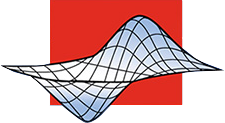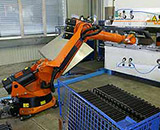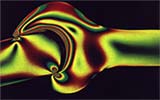Sample Projects
YouTube channel
|
On the YouTube channel, you will find videos with further examples of projects and see how mathematics and physics can be used in specific, practical applications. |
Optical measurement in quality control
 |
For quality assurance purposes, components are tested before they are used. The measured values obtained must be interpreted and compared with predetermined target values. |
Optimising movements
Calculating the dimensions of a ratchet wheel
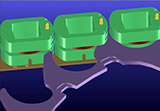 |
In many cases, components are required to conform to an optimum shape, e.g. to keep acceleration to a minimum or to simplify movements. |
Extension of central pharmaceutical number for medicines
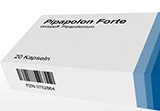 |
To ensure unambiguous identification of medicines in Germany, each product is assigned a unique PZN (Pharmazentralnummer = central pharmaceutical number) by IFA GmbH. Prior to 2013, the PZN was seven digits in length, of which the seventh served as a check digit. Its presence meant that false entries were avoided. With the seven-digit PZN, only 909,090 numbers were possible. As the seven-digit numbers were almost used up, the PZN had to be extended by more digits. |
Flow patterns of gases and liquids
Elastic deformations, stresses and forces
Image sources:
Image 2: © KUKA Roboter GmbH
Image 3: © SIG Combibloc Systems GmbH
Image 4: © IFA GmbH
Image 5: © Institute of Aerodynamics and Gas Dynamics - University of Stuttgart
Image 6: © Institute of Mechanics and Photoelasticity - Technical University of Munich

